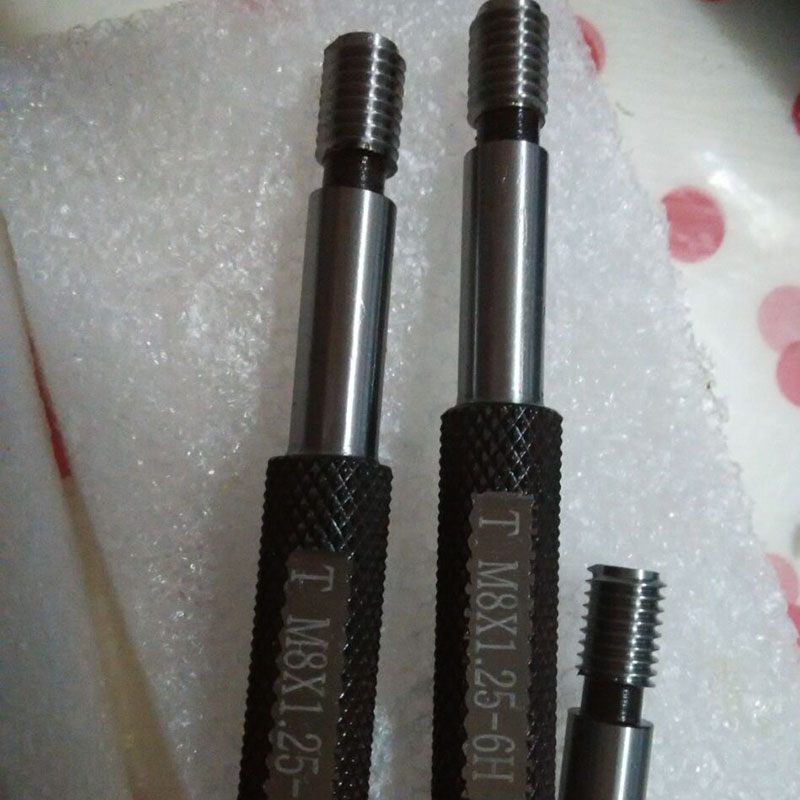10 月 . 17, 2024 17:52 Back to list
Creating Unique V Blocks for Your Projects and Designs
Making V Blocks A Guide to Precision and Utility in Machining
V blocks, essential fixtures in the world of machining, serve as practical tools designed to hold cylindrical objects firmly in place during various manufacturing processes. They are known for their versatility and are widely utilized in drilling, milling, grinding, and inspection tasks. This article delves into the intricacies of making V blocks, exploring their construction, uses, and advantages.
Understanding V Blocks
A V block is a block of metal, often made from steel or cast iron, with a precision-cut V-shaped groove down its length. This groove allows for the secure alignment of round workpieces. Often sold in pairs, these blocks can be used in conjunction with clamps, vises, or other fixtures to stabilize components, ensuring accurate machining operations.
Materials Needed
To create an effective V block, selecting the right materials is crucial. The most commonly used materials are
1. Steel Offers durability and strength, making it a popular choice for heavy-duty applications. 2. Cast Iron Typically used for smaller, less demanding applications where weight and stability are more critical than extreme hardness. 3. Aluminum Lightweight and easy to machine, aluminum V blocks are suitable for lighter tasks, though they may not endure heavy use as effectively as steel or cast iron.
Design and Measurements
When designing a V block, precise measurements are vital to ensure it serves its purpose effectively. Key dimensions to consider include
- Width of the V Groove This should match the diameter of the workpieces it will hold. Standard sizes often range from 0.5 inches to 2 inches, though custom sizes can be created for specific applications. - Depth and Angle of the Groove A 90-degree angle is standard, but depending on the application, variations may be employed. - Overall Block Dimensions The block should be large enough to provide stability without being cumbersome. A typical V block might measure around 4 inches in width, 5 inches in length, and 2 inches in height.
making v blocks

Machining Process
1. Cutting the Material Start by cutting the chosen material to the desired dimensions. 2. Creating the V Groove Use a milling machine equipped with a V-shaped cutter to precisely carve out the groove. CNC machines can provide greater accuracy, especially for intricate designs. 3. Finishing Touches After the groove has been cut, the edges of the V block should be deburred and smoothed to eliminate sharp edges that could harm the operator or workpieces. 4. Quality Check Finally, it’s crucial to inspect the V block for dimensions and calibrate it against precision measuring tools to ensure that it meets the required specifications.
Uses of V Blocks
V blocks are utilized in various applications, including
- Drilling Operations They hold cylindrical parts securely, allowing for straight drilling. - Grinding Providing stability and accuracy during the grinding of round parts. - Inspection They act as reference points for measuring the roundness or diameter of components.
Advantages of Using V Blocks
1. Increased Accuracy By holding workpieces securely, V blocks contribute to more precise machining outcomes. 2. Versatility They can be employed in multiple processes across various industries, from automotive to aerospace. 3. Cost-Effective Tooling V blocks offer an economical solution to improve machining effectiveness without the need for complex jigs or fixtures.
Conclusion
Making V blocks is a straightforward process that significantly enhances machining precision and efficiency. By understanding their construction and multifunctionality, machinists can leverage these tools to achieve better results in their work. Whether you're a hobbyist or a professional machinist, incorporating V blocks into your toolkit promises to streamline operations and improve the quality of outputs.
-
Y Type Strainers: A Comprehensive GuideNewsOct.18,2024
-
Understanding Water Valve Options for Your NeedsNewsOct.18,2024
-
Functions and TypesNewsOct.18,2024
-
An Essential Component for Fluid SystemsNewsOct.18,2024
-
Adjustment and ReplacementNewsOct.18,2024
-
Slow Closing Check Valves: A Key Component in Fluid SystemsNewsOct.08,2024
Related PRODUCTS









